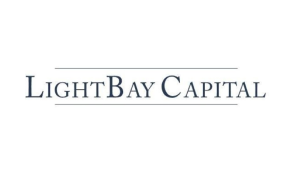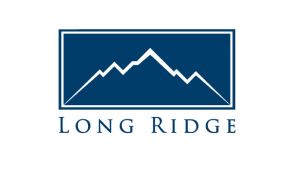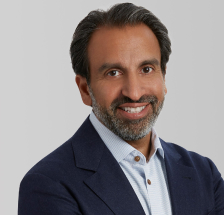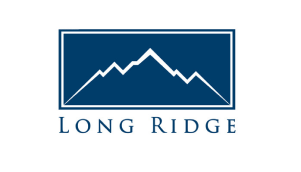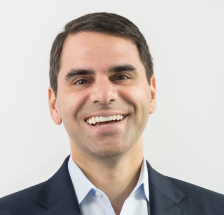Diversity, equity, and inclusion
The partnership that has powered HarbourVest’s success since its founding in 1982 continues to fuel everything we do in support of our clients, colleagues, and communities. We celebrate the vital work being done to strengthen our firm and industry and reaffirm our commitment to constant improvement in pursuit of diversity, equity, and inclusion.
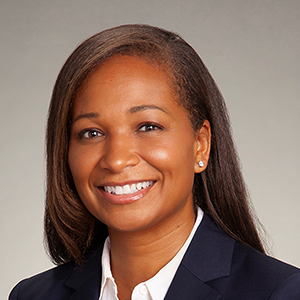
Investing with purpose
We are working to shape the future of private markets with a specific focus on making access to private capital more equitable. Our long history of investing in emerging and diverse managers and under-resourced markets continues today because we recognize the untapped potential of deserving managers who have been historically overlooked by mainstream investment channels, despite providing competitive financial returns. We believe providing support in this space will drive transformative changes that will benefit the private markets industry overall.
Diverse-led manager profiles
This year we are pleased to highlight LightBay Capital and Long Ridge Equity Partners as diverse-led firms to watch. HarbourVest has invested with both of these firms over multiple fund cycles because while each brings something very unique to the table, both epitomize the qualities and level of partnership that drive success.
Having recently completed fundraising for only their second fund, LightBay has quickly built an organization that looks beyond profit margins, taking steps to build a firm that has set high standards not only for performance results, but for people and giving back to the communities in which they live and work through its LightBay Foundation. Long Ridge is another example of what we would call a unique and distinctive firm in the private capital space. While the firm has recently completed fundraising for their fifth fund, they have been both measured and intentional in their growth. Launched in 2007 with a diverse leadership structure, the firm has long embraced the notion of an apprenticeship model, creating career paths and promoting from within to retaining talent that adds to their firm’s investment prowess, experience, and performance.
LightBay Founding Partner Nav Rahemtulla and Long Ridge Managing Partner Kevin Bhatt share their views on their very different paths to success, particularly as emerging and diverse managers face the challenges posed by a difficult macroeconomic backdrop.
HarbourVest is proud to play a leadership role in the industry’s future by leveraging our platform and resources to support a more inclusive investment landscape, maintain a robust deal pipeline, and foster connection and collaboration among emerging and diverse managers.

For more information on HarbourVest’s diversity, equity, and inclusion efforts explore our latest DEI report.
[#] source
